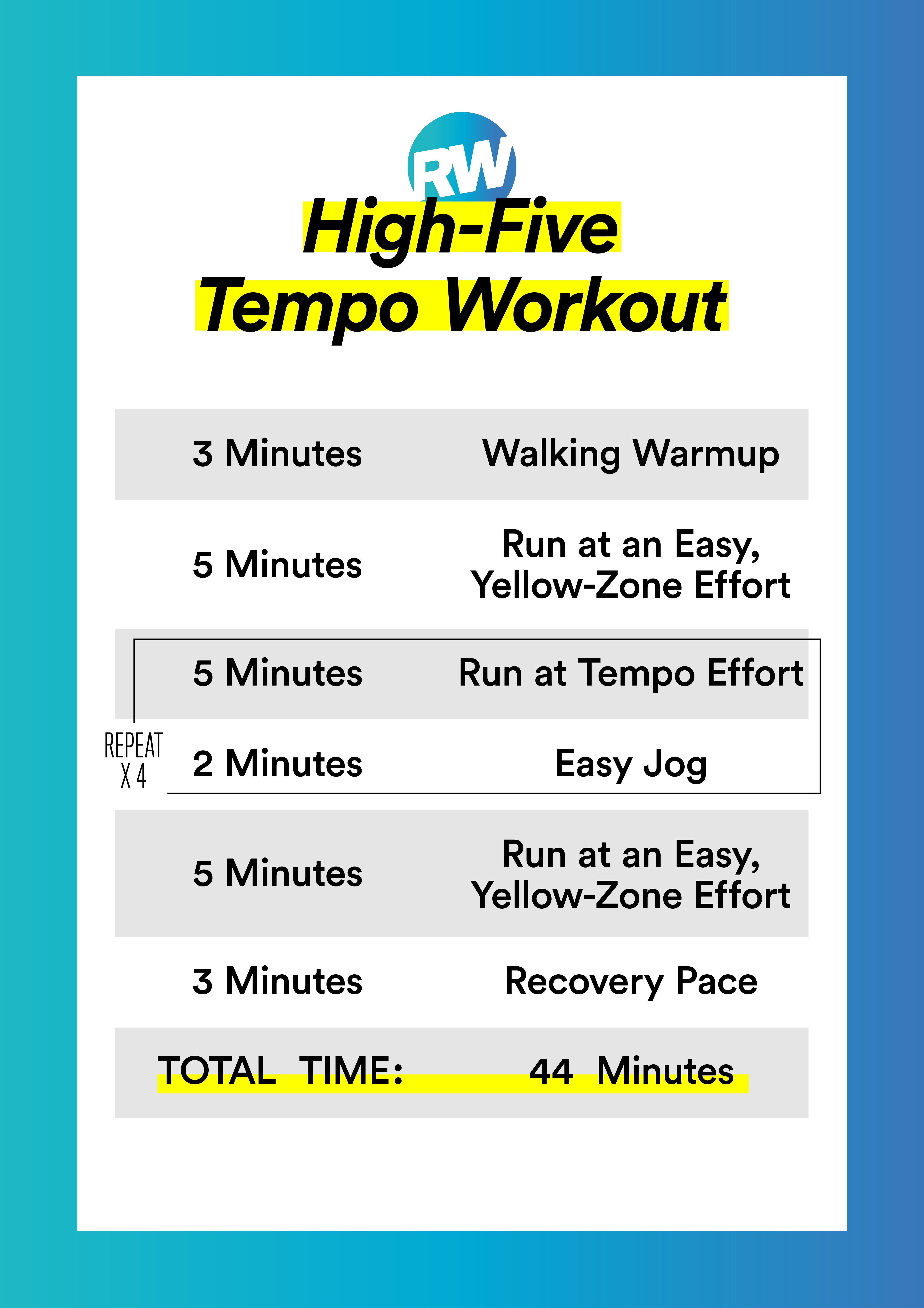Optimize Your Running Workout: Expert Strategies Unveiled
Optimize Your Running Workout: Expert Strategies Unveiled
Blog Article
The Ultimate Guide to Handling Discomfort When Running
For joggers, experiencing discomfort throughout runs is not unusual, and knowing how to efficiently handle and stop it can make a substantial distinction in your total efficiency and enjoyment of the sport. Whether you are a skilled marathoner or simply beginning your running trip, recognizing the various sorts of discomfort that can arise and the strategies to resolve them is crucial. From pre-run workout routines to appropriate footwear option, there are numerous elements to think about when it pertains to taking care of pain while running. This detailed guide will outfit you with the expertise and devices needed to browse with the discomfort and empower you to attain your running objectives with higher simplicity.

Understanding Various Kinds of Running Pain
When running, it is important to compare various kinds of pain to protect against injuries and maximize efficiency (Read More). One usual kind of discomfort that runners may experience is muscular tissue pain, which normally develops from the tension placed on muscular tissues throughout workout. This sort of discomfort is usually a typical part of the running procedure and can be handled through correct workout, cool-down, and extending routines
Another kind of discomfort to be aware of is joint discomfort. Joint discomfort can indicate problems such as overuse, inappropriate form, or underlying problems like joint inflammation. Ignoring joint pain can bring about more serious injuries, so it is vital to deal with any type of pain promptly and potentially seek specialist suggestions.
Additionally, sharp or stabbing pains must not be disregarded. These kinds of discomfort can signal acute injuries such as stress, sprains, or anxiety cracks - running strategy. Remaining to go through these sorts of discomfort can aggravate the injury and prolong recovery time

Pre-Run Workout and Stretching Routine
To prepare the body for a running session, executing an efficient pre-run warm-up and extending regular is vital. A proper workout assists increase blood circulation to the muscle mass, improves adaptability, and minimizes the risk of injury throughout the run. By integrating a consistent pre-run workout and stretching regular into your running program, you can optimize performance and decrease the danger of pain or injury.
Appropriate Shoes Choice and Fit
Selecting ideal footwear that fits well is essential for joggers to stop pain and reduce the threat of injuries. Ill-fitting shoes can bring about blisters, black nails, shin splints, and other unpleasant problems that can impede performance and sideline training. When selecting operating shoes, it is necessary to consider aspects such as foot kind, running gait, arch support, padding, and footwear dimension. running strategy. Visiting a specialized running shop for a gait analysis and specialist fitting can assist make certain that you select the right shoes for your specific requirements. Running footwear should supply ample support and stability while likewise being comfy and light-weight. Additionally, it is suggested to change your operating footwear every 300-500 miles to keep proper cushioning and assistance. Buying high-quality footwear that is proper for your running design and foot makeup is a proactive step in the direction of protecting against discomfort and injuries throughout your runs.
Nourishment and Hydration Tips for Discomfort Prevention

Hydration is equally critical for runners to prevent pains, dehydration, and other discomforts that can lead to discomfort throughout running. By prioritizing nourishment and hydration, joggers can enhance their efficiency, reduce discomfort, and enjoy a much more comfy running experience.
Post-Run Recuperation Techniques to Relieve Pain
Applying effective healing techniques is vital for easing discomfort and promoting muscle mass healing after running sessions. One vital post-run recuperation technique is stretching. Integrating fixed stretches for significant muscular tissue teams can help in reducing muscle mass stress and pain. Foam rolling is another useful method to launch muscular tissue rigidity and improve blood circulation to the muscles, aiding in quicker healing. In addition, topping sore areas for 15-20 minutes can assist lower swelling and numb pain post-run.
Moisturizing effectively post-run is vital for renewing fluids lost throughout workout and helping in muscle recovery. Eating a well balanced treat or dish that includes healthy protein and carbs within half an hour of completing a run can help fix muscle mass tissue and restore power stores. In addition, obtaining sufficient rest is essential for enabling the body to repair and reinforce muscle mass. Integrating energetic healing activities such as light strolling or swimming can additionally assist promote blood flow and lower muscle mass stiffness - Read More. By incorporating these post-run healing techniques right into your regimen, you can properly manage pain and optimize your running efficiency.
Verdict
To conclude, dealing with various kinds of running pain via proper warm-up, stretching, shoes choice, nutrition, hydration, and post-run healing strategies is crucial for pain prevention and monitoring. By recognizing the root causes of discomfort and executing these strategies, runners can minimize discomfort and prospective injuries. It is vital to prioritize overall physical health and wellness to click site ensure a successful and enjoyable running experience.
Report this page